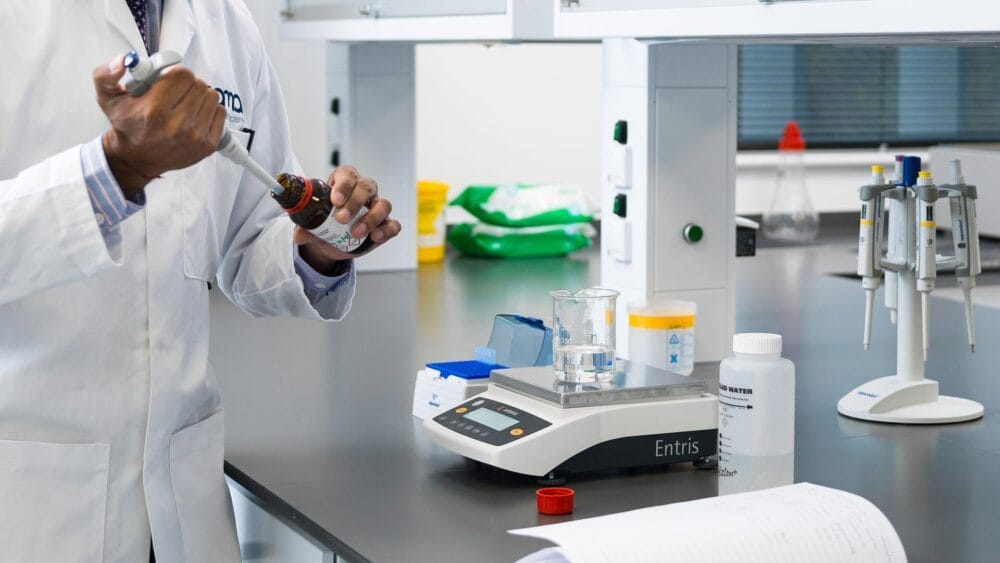Posted
21st August 2020
Research
There has been lots of recent controversy about the transmission route(s) of COVID-19. Some argue that, like influenza, droplet transmission is the most important route. Others that contact transmission is most important. And others still that aerosol transmission is the key – and that this has been underplayed, so fuelling the pandemic.
There is undoubtedly evidence that all three routes (droplet, contact, and aerosol) can come into play during the spread of the SARS-CoV-2 virus that causes COVID-19. But on the balance of the current evidence, it seems most likely that droplet transmission is the primary route in most circumstances, contact transmission is important and shouldn’t be overlooked, and aerosol transmission is only important when linked with specific aerosol generating procedures.
A review of the evidence by WHO (updated on 09/07/2020) provides a clear overview of the current view held by most clinicians and scientists related to the transmission routes of COVID-19. However, this view is not shared by all clinicians and scientists. For example, a letter recently published in Clinical Infectious Diseases signed by a large group of clinicians and scientists called for the medical and scientific community to re-evaluate the evidence supporting airborne transmission.
Before we get any further, we need to define what is meant by “droplet”, “contact”, and “airborne” transmission (definitions from CDC):
- Droplet transmission refers to spray with relatively large, short-range droplets (typically >5 µm in diameter) produced by sneezing, coughing, or even talking.
- Contact transmission refers to transmission either through direct contact with an infected individual, or indirect contact with their inanimate environment or objects that they have touched.
- Airborne transmission refers to transmission via aerosols (also known as droplet nuclei) that are typically <5 µm and can travel for long distances.
The evidence so far from studies of the SARS-CoV-2 virus supports a mode of spread that is closely related to influenza and SARS-CoV-1 (which caused SARS). Droplet transmission is usually the most common route. However, in some circumstances, modelling and applied epidemiological studies suggest that contact transmission can be more important than droplet transmission. Airborne transmission can occur in some circumstances, but is relatively rare.
The influenza, SARS, MERS, and COVID-19 viruses differ from other microbes that would truly be considered to be airborne (such as measles and chickenpox). In the case of these viruses, sharing the same room as an infected individual is enough to be exposed (although the closer the proximity and duration of contact, the greater the risk). This plays out in two key measures of transmissibility: the basic reproduction number (R0) and the household attack rate. R0 is the number of people that each infected person would infect if no prevention measures were in place. For SARS-CoV-2, R0 is somewhere between 2 and 3. Whereas for measles and chickenpox, it’s up at about 10-18. Similarly, the household attack rate (the proportion of the same household that becomes infected from a single case) is about 15% for SARS-CoV-2, whereas the household attack rate for measles and chickenpox is in the 60-90% range. Therefore, whilst viral RNA and some viable SARS-CoV-2 virus may be present in the air, the risk of airborne transmission is low. The exception to this rule is when aerosol generating procedures are being undertaken, in which case airborne precautions are required.
This discussion is vital and underpins key aspects of applied infection prevention and control. Which PPE should be worn – and when; how far and how thoroughly do patients need to be segregated from one another; which cleaning and disinfection methods will be needed – and where? All these and more are dictated by our understanding of transmission routes of the pathogens that we deal with day to day. Indeed, the definitions of transmission (droplet, contact, and airborne) map onto the families of preventative transmission-based precautions adopted across the world.
SHARE THIS ARTICLE
Tags
Latest News
Introducing HEXI HUB: A seamless transition in our product line
We’re pleased to announce an update to our product offering…
Innovative solutions for tackling Carbapenemase-producing Enterobacteriaceae (CPE) at King’s College Hospitals
King’s College Hospital NHS Foundation Trust, one of London’s largest…
Gloves Off: reducing unnecessary plastic waste during environmental cleaning and disinfection
In this blog, Dr Phil Norville discusses the momentum-gaining ‘Gloves…
Gloves Off: Navigating SDS sheets and skin safety claims in environmental decontamination products
In this blog, James Clarke (Head of R&D, Science &…




